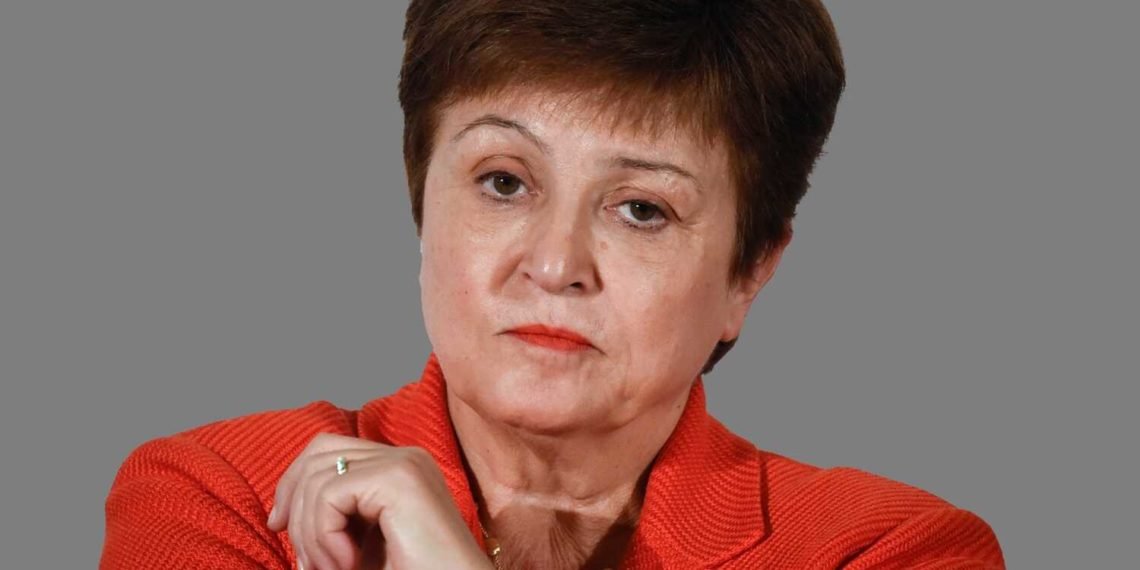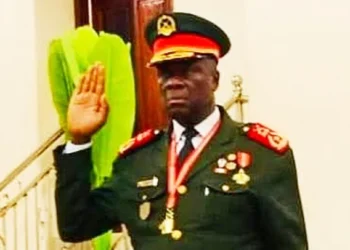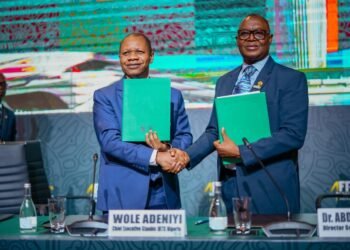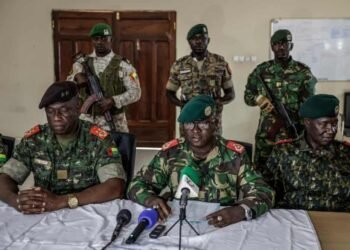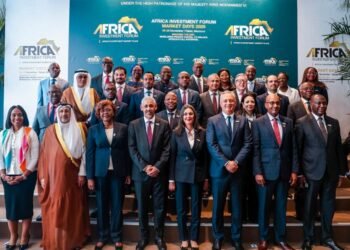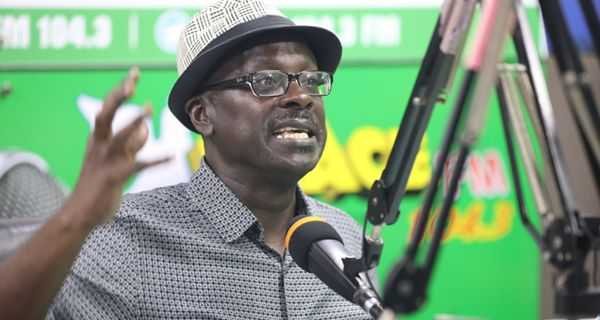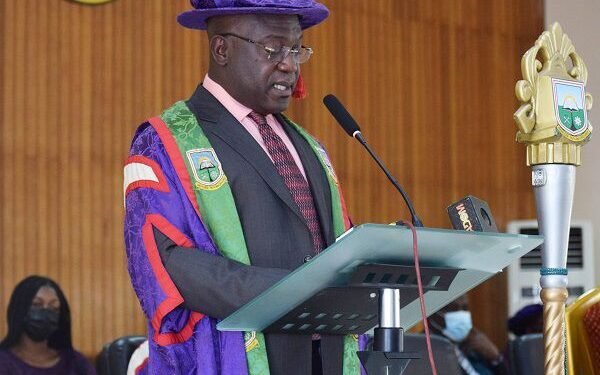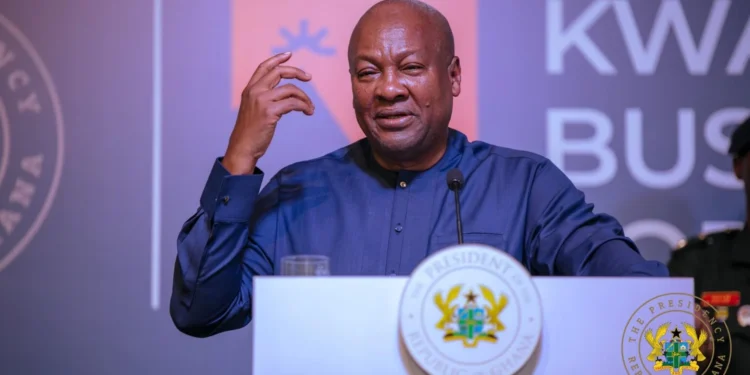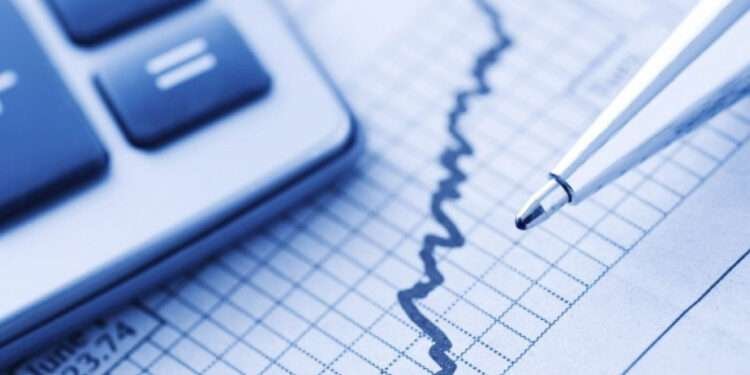The International Monetary Fund (IMF) team and the Kenyan authorities reached a staff-level agreement on a 38-month program estimated at US$2.4 billionto help the next phase of the country’s COVID-19 response and a strong multi-year effort to stabilize and begin reducing debt levels relative to GDP.
A staff team from the IMF led by Mary Goodman conducted virtual missions to Kenya from December 9 to 17, 2020, and from February 4 to 15, 2021 to undertake negotiations on a combined 38-month program under the Extended Fund Facility (EFF) and Extended Credit Facility (ECF) arrangements.
At the end of the mission, the IMF team found that Kenya’s economy is picking up from an unprecedented shock suffered as a result of the COVID-19 pandemic. Notwithstanding the recovery, the IMF team warned that uncertainty remains in a durable return to the path of strong, sustainable, and inclusive growth.
It was also realized that the authorities have already begun reversing some of the earlier extraordinary measures introduced at the outset of the shock while maintaining others. Building on the steps already taken, the current IMF program would support the authorities’ efforts and provide resources to protect vulnerable groups.
“I am pleased to announce that the Kenyan authorities and the IMF mission team have reached agreement on economic and structural policies that would underpin a 38-month program under the EFF and ECF arrangements for about US$2.4 billion.
“The staff-level agreement is subject to IMF management approval and Executive Board consideration, which is expected in the coming weeks. The program will support the next phase of the country’s COVID-19 response and the authorities’ plans for a strong multi-year effort to stabilize and begin reducing debt levels relative to GDP, laying the ground for durable and inclusive growth over the years to come”
Ms. Goodman.
Kenya was hard hit at the onset of the COVID-19 crisis, but growth has been recovering since mid-2020 and heading into 2021. The authorities’ forceful early actions cushioned the pandemic’s economic impact, and real GDP growth is projected to have contracted by just 0.1 percent in 2020.
Inflation remained within the central bank’s target band, reaching 5.7 percent in January 2021, while financial sector vulnerabilities have been contained and the banking system remains well capitalized overall.
The external sector proved resilient against the backdrop of the shock, with horticultural exports and remittances performing well. The reopening of schools and removal of pandemic containment measures are expected to underpin a growth rebound to 7.6 percent in 2021, even as some sectors of the economy face continuing headwinds.
The Kenyan authorities have begun to roll back some of their extraordinary economic support measures.With the pickup in activity, the earlier temporary personal and corporate income tax cuts, as well as the reduced VAT rate, were discontinued at End-December, shoring up tax revenues.
To maintain the cushion for the low-income earners and Micro, Small, and Medium Enterprises (MSMEs), the Authorities did not reverse the personal relief on income tax and the lower turnover tax (1%) for small businesses introduced in April 2020.
Many households and businesses continue to benefit from the temporary debt relief agreements reached with their banks, and borrowers accounting for a total of 54.2 percent of loans had entered such rescheduling agreements by end-2020.
Overall, the authorities’ decision to pause fiscal adjustment this year will allow accommodating health, social, and development spending to support the recovery, complemented by accommodative monetary policy.
The mission team agreed with the authorities on a program to support the next phase of their COVID-19 response.The authorities’ program aims at reducing debt vulnerabilities through a multi-year fiscal consolidation effort, centered on raising tax revenues and tight control of spending, which would safeguard resources to protect vulnerable groups.
It would also advance the structural reform and governance agenda, including by addressing weaknesses in some SOEs and ongoing efforts to strengthen transparency and accountability through the anti-corruption framework. Finally, it would strengthen the monetary policy framework and support financial stability.

